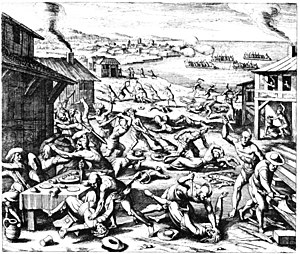
1626 (MDCXXVI) was a common year starting on Thursday of the Gregorian calendar and a common year starting on Sunday of the Julian calendar, the 1626th year of the Common Era (CE) and Anno Domini (AD) designations, the 626th year of the 2nd millennium, the 26th year of the 17th century, and the 7th year of the 1620s decade. As of the start of 1626, the Gregorian calendar was 10 days ahead of the Julian calendar, which remained in localized use until 1923.

Year 1572 (MDLXXII) was a leap year starting on Tuesday of the Julian calendar.

1623 (MDCXXIII) was a common year starting on Sunday of the Gregorian calendar and a common year starting on Wednesday of the Julian calendar, the 1623rd year of the Common Era (CE) and Anno Domini (AD) designations, the 623rd year of the 2nd millennium, the 23rd year of the 17th century, and the 4th year of the 1620s decade. As of the start of 1623, the Gregorian calendar was 10 days ahead of the Julian calendar, which remained in localized use until 1923.
The 1640s decade ran from January 1, 1640, to December 31, 1649.

1617 (MDCXVII) was a common year starting on Sunday of the Gregorian calendar and a common year starting on Wednesday of the Julian calendar, the 1617th year of the Common Era (CE) and Anno Domini (AD) designations, the 617th year of the 2nd millennium, the 17th year of the 17th century, and the 8th year of the 1610s decade. As of the start of 1617, the Gregorian calendar was 10 days ahead of the Julian calendar, which remained in localized use until 1923.
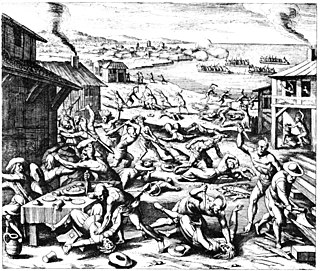
The 1620s decade ran from January 1, 1620, to December 31, 1629.

1618 (MDCXVIII) was a common year starting on Monday of the Gregorian calendar and a common year starting on Thursday of the Julian calendar, the 1618th year of the Common Era (CE) and Anno Domini (AD) designations, the 618th year of the 2nd millennium, the 18th year of the 17th century, and the 9th year of the 1610s decade. As of the start of 1618, the Gregorian calendar was 10 days ahead of the Julian calendar, which remained in localized use until 1923.
The 1630s was a decade that began on January 1, 1630, and ended on December 31, 1639.
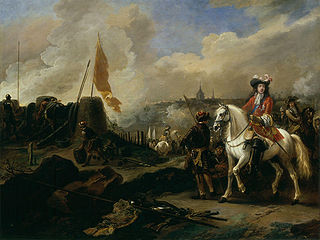
1685 (MDCLXXXV) was a common year starting on Monday of the Gregorian calendar and a common year starting on Thursday of the Julian calendar, the 1685th year of the Common Era (CE) and Anno Domini (AD) designations, the 685th year of the 2nd millennium, the 85th year of the 17th century, and the 6th year of the 1680s decade. As of the start of 1685, the Gregorian calendar was 10 days ahead of the Julian calendar, which remained in localized use until 1923.
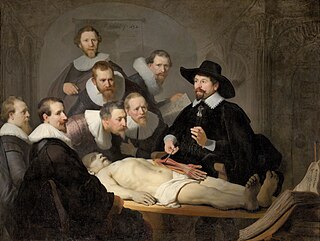
1632 (MDCXXXII) was a leap year starting on Thursday of the Gregorian calendar and a leap year starting on Sunday of the Julian calendar, the 1632nd year of the Common Era (CE) and Anno Domini (AD) designations, the 632nd year of the 2nd millennium, the 32nd year of the 17th century, and the 3rd year of the 1630s decade. As of the start of 1632, the Gregorian calendar was 10 days ahead of the Julian calendar, which remained in localized use until 1923.

1602 (MDCII) was a common year starting on Tuesday of the Gregorian calendar and a common year starting on Friday of the Julian calendar, the 1602nd year of the Common Era (CE) and Anno Domini (AD) designations, the 602nd year of the 2nd millennium, the 2nd year of the 17th century, and the 3rd year of the 1600s decade. As of the start of 1602, the Gregorian calendar was 10 days ahead of the Julian calendar, which remained in localized use until 1923.

1621 (MDCXXI) was a common year starting on Friday of the Gregorian calendar and a common year starting on Monday of the Julian calendar, the 1621st year of the Common Era (CE) and Anno Domini (AD) designations, the 621st year of the 2nd millennium, the 21st year of the 17th century, and the 2nd year of the 1620s decade. As of the start of 1621, the Gregorian calendar was 10 days ahead of the Julian calendar, which remained in localized use until 1923.
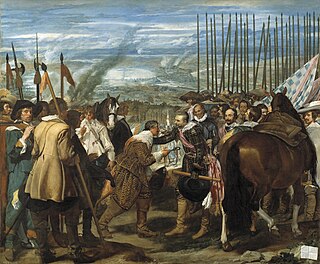
1625 (MDCXXV) was a common year starting on Wednesday of the Gregorian calendar and a common year starting on Saturday of the Julian calendar, the 1625th year of the Common Era (CE) and Anno Domini (AD) designations, the 625th year of the 2nd millennium, the 25th year of the 17th century, and the 6th year of the 1620s decade. As of the start of 1625, the Gregorian calendar was 10 days ahead of the Julian calendar, which remained in localized use until 1923.

1628 (MDCXXVIII) was a leap year starting on Saturday of the Gregorian calendar and a leap year starting on Tuesday of the Julian calendar, the 1628th year of the Common Era (CE) and Anno Domini (AD) designations, the 628th year of the 2nd millennium, the 28th year of the 17th century, and the 9th year of the 1620s decade. As of the start of 1628, the Gregorian calendar was 10 days ahead of the Julian calendar, which remained in localized use until 1923.

1629 (MDCXXIX) was a common year starting on Monday of the Gregorian calendar and a common year starting on Thursday of the Julian calendar, the 1629th year of the Common Era (CE) and Anno Domini (AD) designations, the 629th year of the 2nd millennium, the 29th year of the 17th century, and the 10th and last year of the 1620s decade. As of the start of 1629, the Gregorian calendar was 10 days ahead of the Julian calendar, which remained in localized use until 1923.

1638 (MDCXXXVIII) was a common year starting on Friday of the Gregorian calendar and a common year starting on Monday of the Julian calendar, the 1638th year of the Common Era (CE) and Anno Domini (AD) designations, the 638th year of the 2nd millennium, the 38th year of the 17th century, and the 9th year of the 1630s decade. As of the start of 1638, the Gregorian calendar was 10 days ahead of the Julian calendar, which remained in localized use until 1923.

1631 (MDCXXXI) was a common year starting on Wednesday of the Gregorian calendar and a common year starting on Saturday of the Julian calendar, the 1631st year of the Common Era (CE) and Anno Domini (AD) designations, the 631st year of the 2nd millennium, the 31st year of the 17th century, and the 2nd year of the 1630s decade. As of the start of 1631, the Gregorian calendar was 10 days ahead of the Julian calendar, which remained in localized use until 1923.

1649 (MDCXLIX) was a common year starting on Friday of the Gregorian calendar and a common year starting on Monday of the Julian calendar, the 1649th year of the Common Era (CE) and Anno Domini (AD) designations, the 649th year of the 2nd millennium, the 49th year of the 17th century, and the 10th and last year of the 1640s decade. As of the start of 1649, the Gregorian calendar was 10 days ahead of the Julian calendar, which remained in localized use until 1923.
The 1590s decade ran from January 1, 1590, to December 31, 1599.
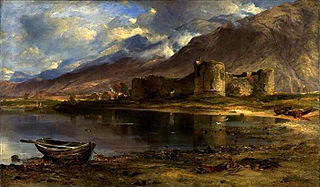
1645 (MDCXLV) was a common year starting on Sunday of the Gregorian calendar and a common year starting on Wednesday of the Julian calendar, the 1645th year of the Common Era (CE) and Anno Domini (AD) designations, the 645th year of the 2nd millennium, the 45th year of the 17th century, and the 6th year of the 1640s decade. As of the start of 1645, the Gregorian calendar was 10 days ahead of the Julian calendar, which remained in localized use until 1923.
